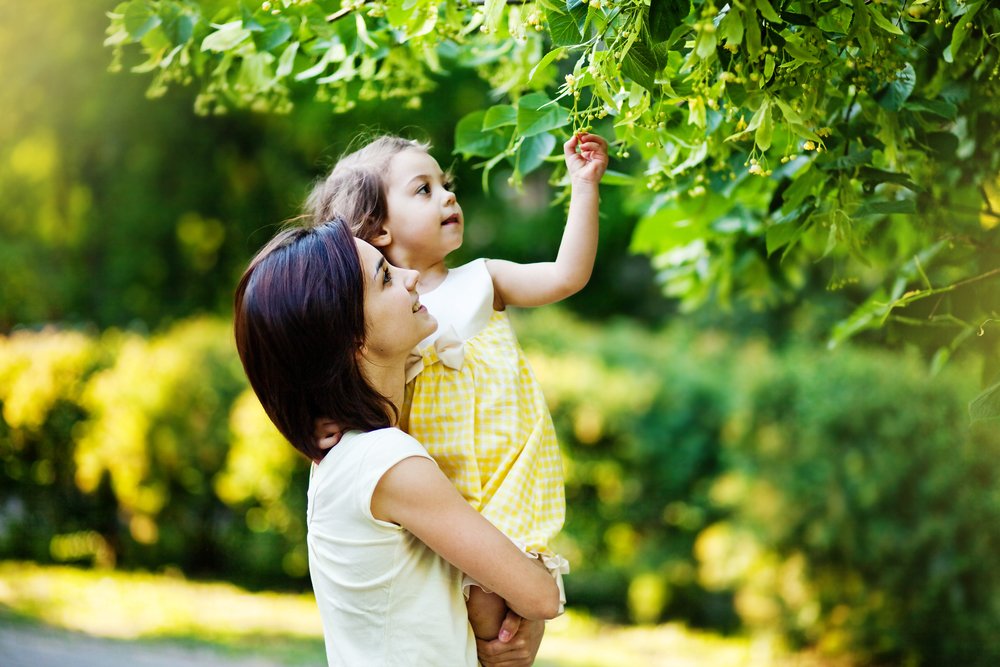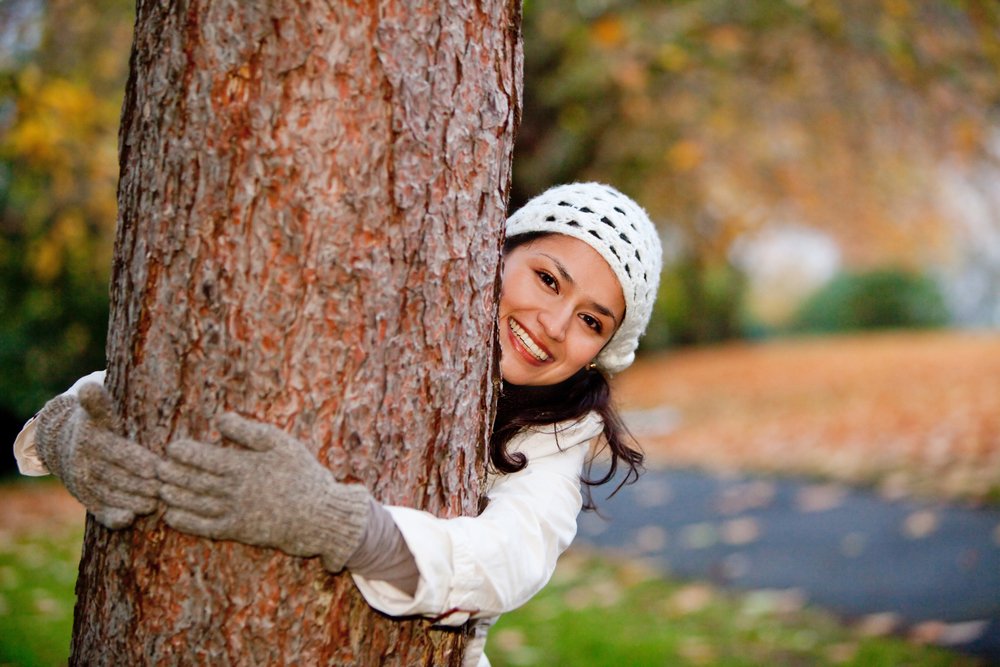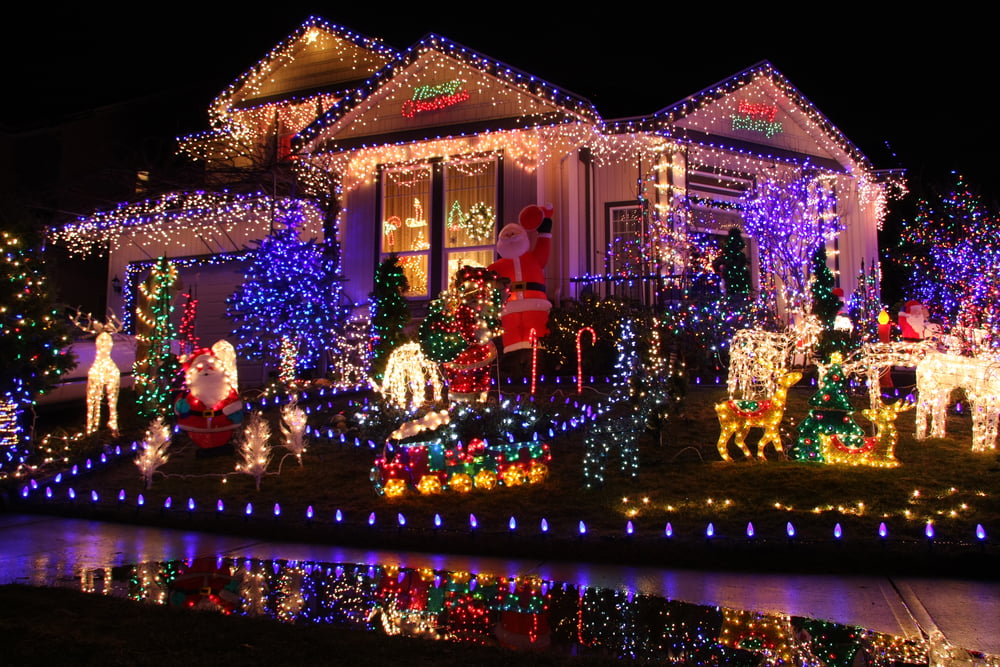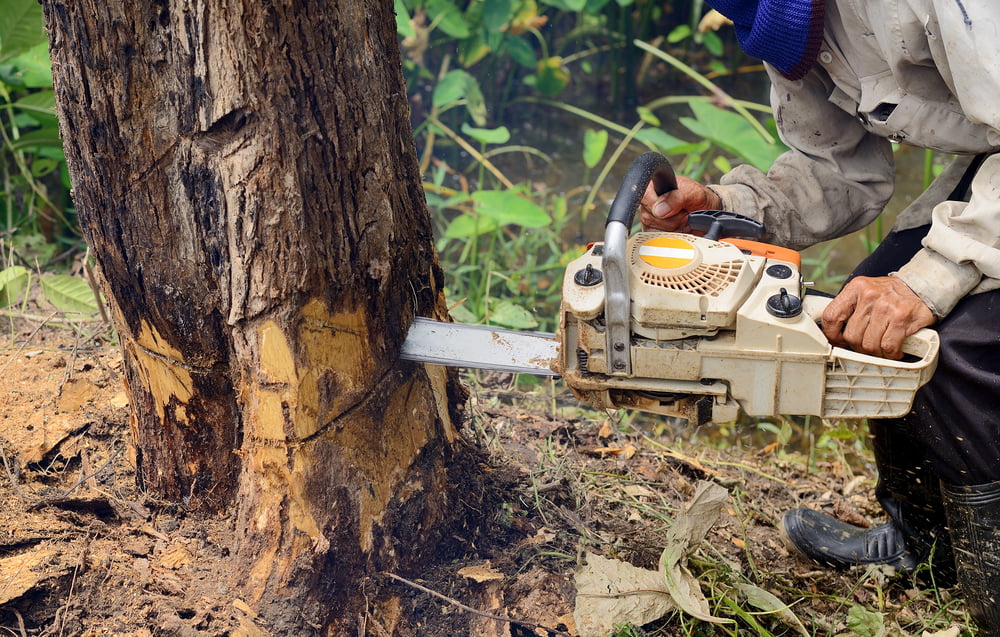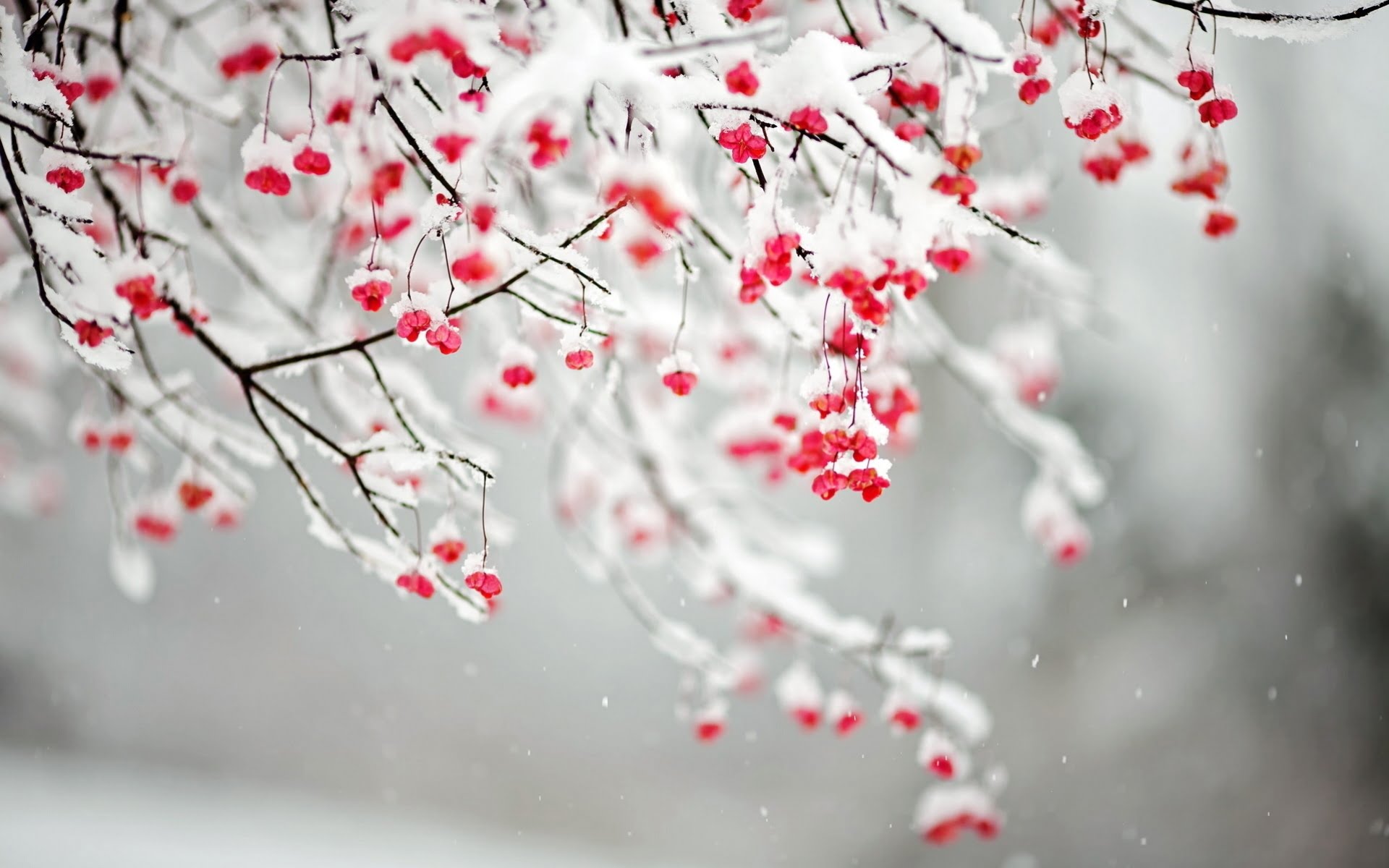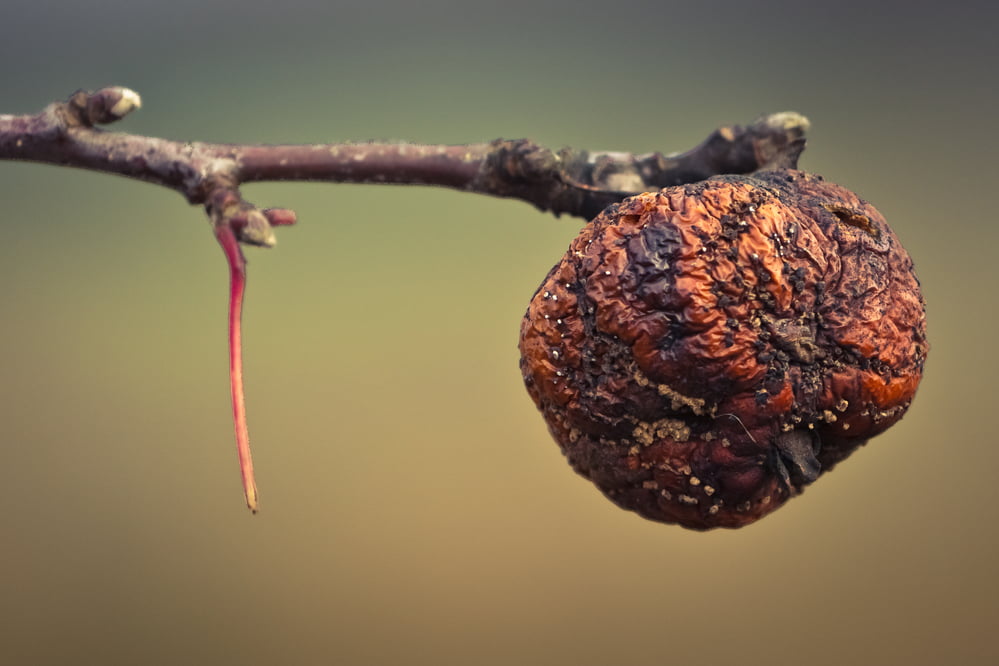Planting a sapling is one of the many tree services your local arborist offers. Just like with real estate, it’s location, location, location.
Plant saplings at least 20 feet from any other trees and make sure they’re not near utilities (you can call your municipality to check for utility line locations). Depending on the tree’s root spread and how big it will grow, you might need more than 20 feet.
Also keep in mind that you don’t want to have to call Roto-Rooter a few years down the road, so try to keep the sapling as far from underground plumbing as possible.
The average sapling doesn’t need a very big hole to take to the soil. Aim for six inches wide and the same depth as the root ball. The very top of the root ball should be above ground — and stay there.
To achieve this, plant your tree in firm soil that won’t sink. The root collar should be kept free of soil to stop any rot or disease.
How Does Your Garden Grow?
The original soil should be used to backfill. If your soil and tree need extra nutrients, composting on the ground and then mulch should be more than enough. Pat the soil with your hands so it’s nice and firm, and use any leftovers to create a ring 1 foot away from the sapling.
If you plan to mulch (which is almost always recommended), create a 4-inch mulch ring around the sapling, making sure to keep it 2 inches from the trunk. Mulch has a solid structure, helps keep the soil moist and adds necessary nutrients.
Know how much water your region gets, and adjust so that the sapling gets about half a gallon of water three times each week. The water should be added slowly, perhaps with a trickle from a garden hose for a minute at a time.
Saplings need this kind of attention for about two years, but in some wet regions you may not need to water them at all.
Unnecessary Items
Some people use stakes to help straighten saplings, but this isn’t necessary. Like people, trees get tougher with a little exercise. Swaying in the wind will help them grow strong, and they will certainly be straight enough.
Except in rare instances, don’t fertilize the area near a sapling. If you’re concerned about nutrients, test the soil first and talk with an arborist.
If you live in a region that’s facing a drought, that doesn’t mean you can’t plant. If you choose a native sapling, it’ll be able to withstand temperature swings and droughts. You also can collect and use shower water to keep your plants green.
For more tips, or to schedule tree services or a pro to plant a sapling for you, call Reliable Tree Care.


